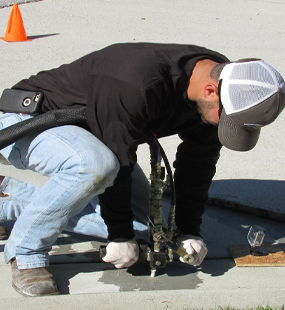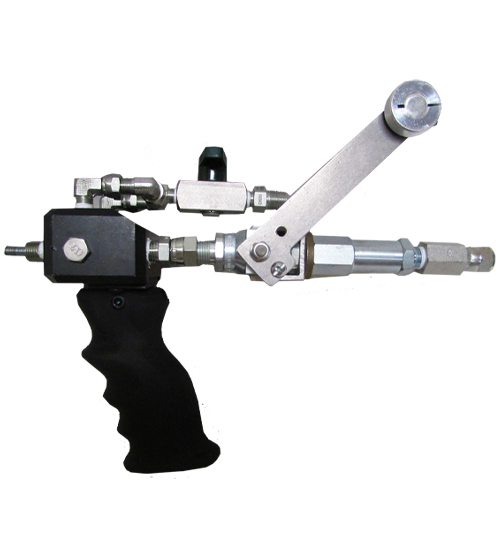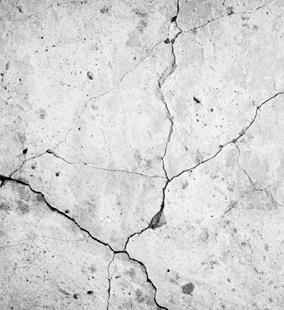
- Home
-
Solutions
-
Leak Seal
Seal leaks in concrete or masonry with crack injection and curtain grouting of our Prime Flex polyurethanes and AR acrylate resins. Prime Resins offers superior solutions for stopping leaks in every type of environment.
Read More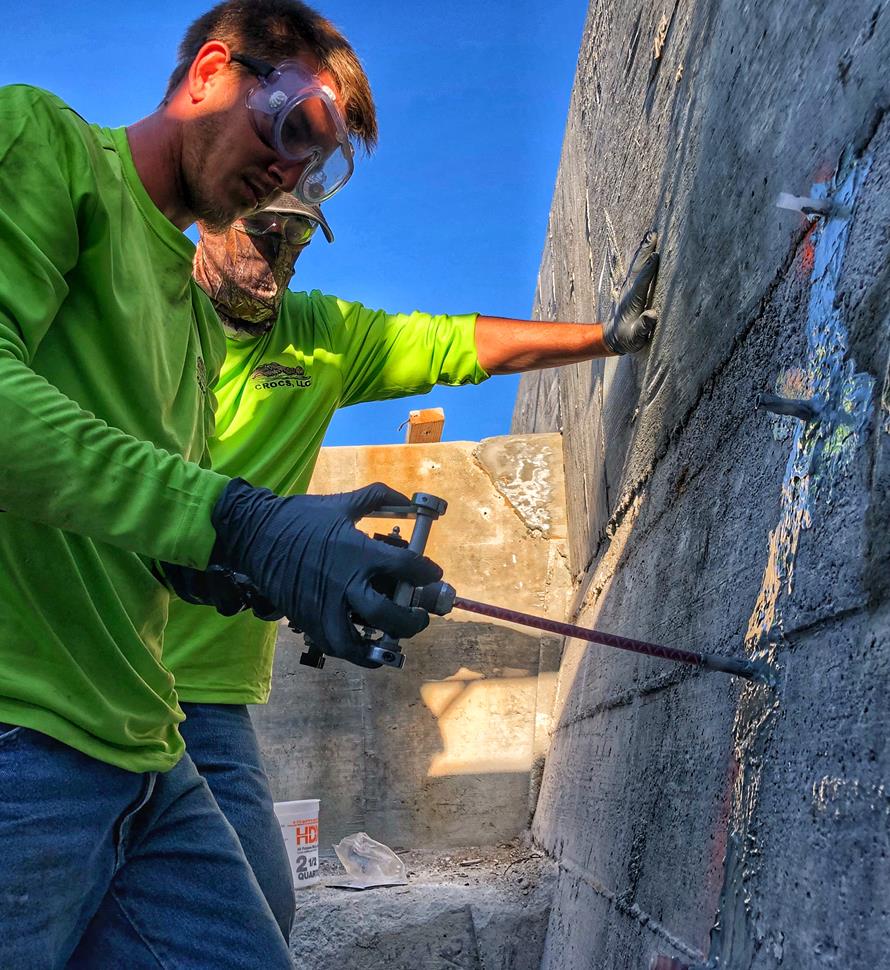
-
Soil Stabilization
Sound concrete relies on a sound substrate. Stabilize soils and fill voids with our polyurethane and acrylate foams and gels. We make chemical grouts for permeation and compaction grouting in wet and dry conditions.
Read More
-
Slab Lifting & Stabilization
Slab lifting and slab stabilization with polyurethane foams offers many advantages over traditional mudjacking. Only Precision Lift is engineered to tackle underlying issues and slab lifting with precise, dependable results.
Read More
-
Floor Repair & Joint Protection
Spalled concrete is concrete that is chipped, cracked and deteriorating. This often happens at a joint.
Read More
-
Seawall Repair
You can repair a seawall or bulkhead with Prime Resins chemical grouts: fill voids, stabilize loose soil and seal leaks at a fraction of the cost of wall replacement.
Read More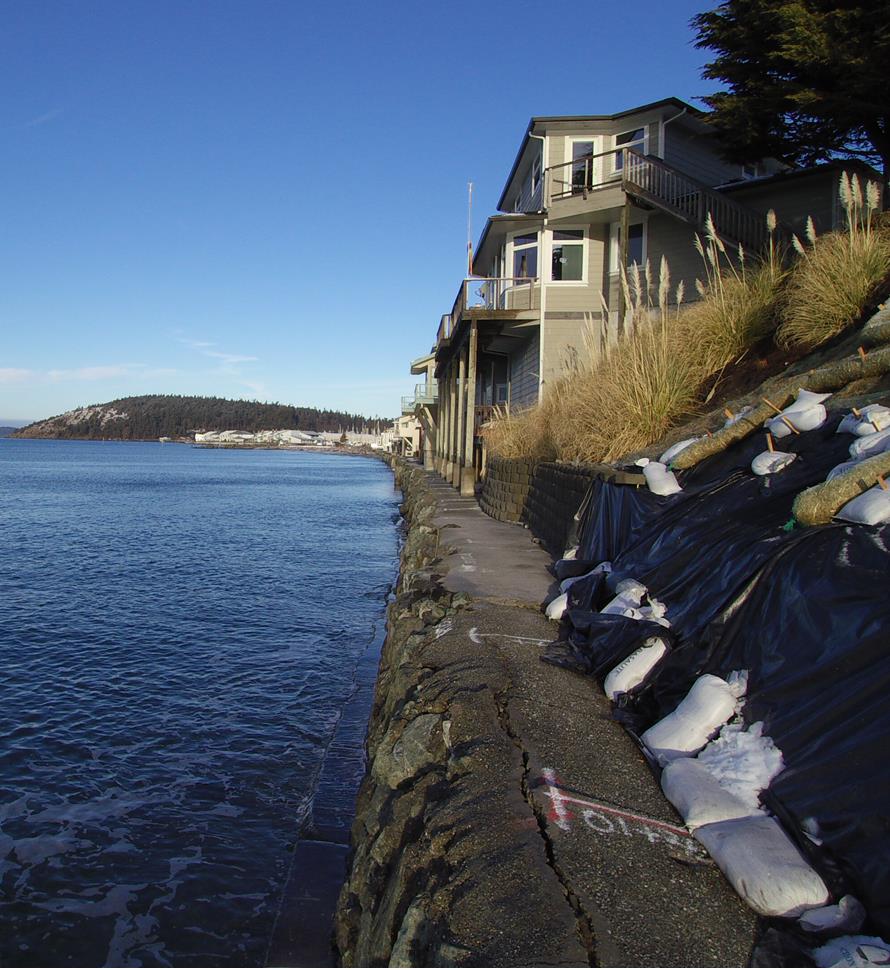
-
Structural Repair / Bonding & Anchoring
The need for crack repair in concrete structures can be caused by many different factors. Damage can occur to the concrete in situations where direct impact puts stress on one area of the structure.
Read More
-
Highway & Bridge
The geotechnical needs of DOTs and other agencies responsible for roads and bridges are vast. Issues include: Culvert repair Soil stabilization Void filling Concrete slab lifting Sinkhole remediation Slope control Slough control in tunneling
Read More
-
Waterproofing & Secondary Containment
Protecting concrete usually means shielding it from the elements of nature or from harsh manmade chemicals. But it’s not just concrete that needs such protection. Corrugated metal pipe, steel surfaces, material hoppers, rail cars and masonry all can come in contact with corrosive or abrasive materials or harsh conditions.
Read More
-
Leak Seal
-
Products
-
Leak Repair
- AR 800
- Conduit Seal Kit
- PR10L ACLM
- Soakum Oakum Kit
- Prime Flex 900 XLV
- Prime Flex 910
- Prime Flex 920
- Prime Flex 940
- Prime Flex 985 LX10
- Prime Flex 985 LX20
- Prime Flex 985 5.0
- Prime Flex 985 5.0 Fast
- Prime Flex Hydro Gel™ SX
- Prime Plug 1, 2 & 3
- PrimeCem MSM
- PrimeCem CAM
- PR10 ACLM (granular)
- Prime Flex Hydro Gel™ EXP
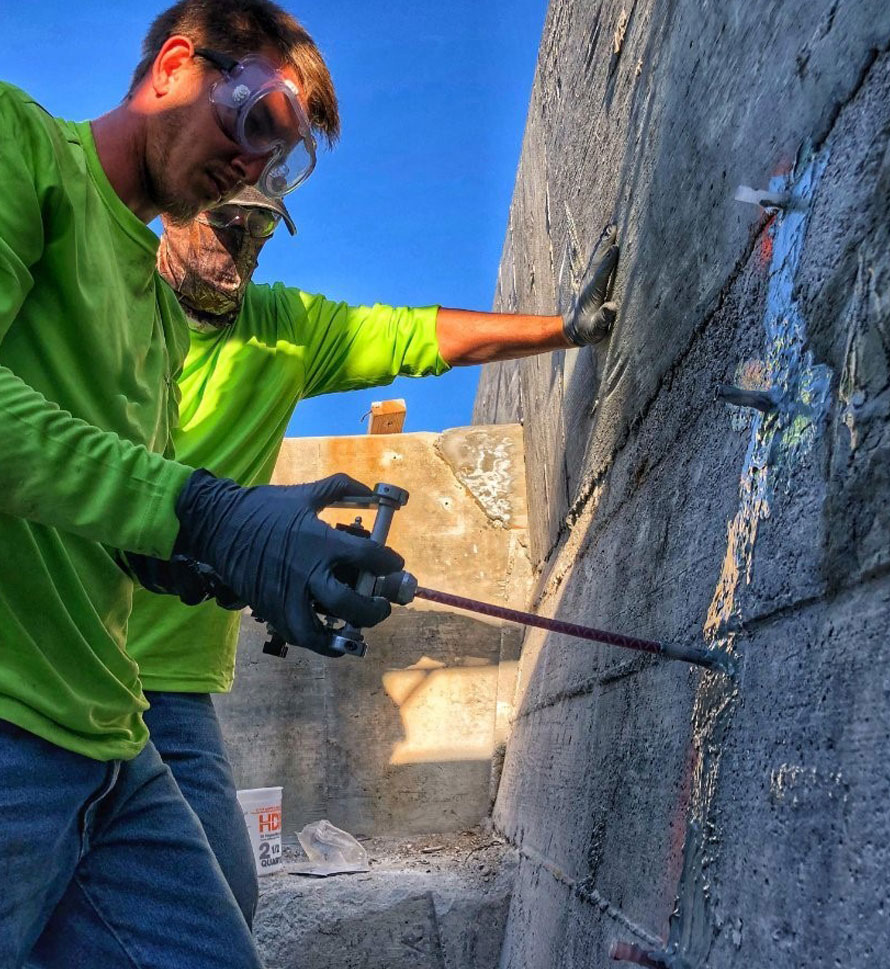
-
Soil Improvement
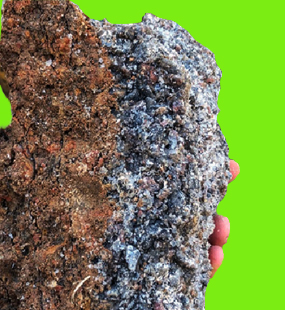
- Soil Stabilization
- Slab Lifting
- Structural Repair / Bonding & Anchoring
- Pumps
- Dispense Guns & Applicators
-
Turnkey Trailer Rig
Are you ready to hit the ground running doing concrete leveling with polyurethane foam? Prime Resins offers the industry’s best suite of products for lifting concrete as a turnkey, fully equipped trailer rig.
Read More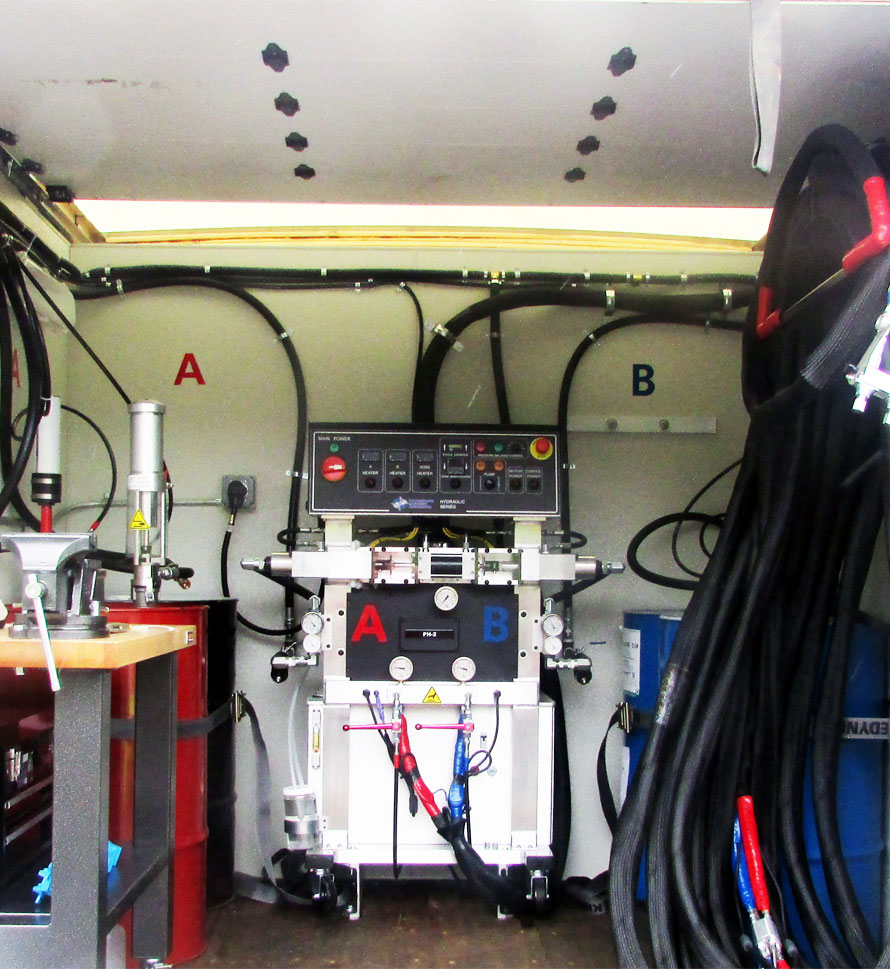
-
Accessories (General)
- 3/4" expendable drive point
- 3/8" and 3/4" soil probes
- Cartridge / Port Connectors and Mixers
- Conduit Seal Kit
- Eco Flush
- F Valve
- Flush Wand
- Grout Needle Kit
- High Pressure Control Valve
- High Pressure Mechanical Ports
- Kick Fast
- Low Pressure Plastic Ports
- PR11 TEA (used w/ PR10 ACLM)
- PR12 APSF catalyst (used w/ PR10 ACLM)
- PR17 LYTX
- Prime Kat
- Prime Plug
- Prime Solvent CGC
- Oakum
- Soil pipe jack
- Stainless Steel Grout Needle & Kit
- StainShield
- Wall Stinger Nozzle
-
Soil Grouting Accessories
- Pipe Coupler
- Pipe Coupler Ferrule
- Buttonhead Coupler - Straight
- Buttonhead Fittings
- SG 3/4" Expendable Drive Tip
- SG 3/4 Rod - 39" Base
- SG 3/4 Rod - 39" Connector
- SG 3/4 Rod - 19.5" Base
- SG 3/4 Rod - 19.5" Connector
- SG 3/4 Fitting - Pipe to Buttonhead
- SG 3/4 Fitting - Buttonhead Fitting
- IL 1/2" Drive Point
- IL 1/2" rod - 39" base
- IL 1/2" rod - 39" connector
- IL 1/2" Fitting Buttonhead
- SG 3/4" Fitting - Buttonhead Coupler
- SG 3/4" Slotted Drive Tip
- SG 3/4 Drive Head
- Modified Pipe Jack Soil Grouting
- SG 3/4 Fitting - Buttonhead Coupler
- Pagani DPM30 Penetrometer
- IL 1/2" Fitting - Buttonhead to Connector Rod
- IL 1/2" Rod to Rod Coupler Fitting
- High Pressure Flow Control Valve
- Buttonhead Coupler - 90°
- Buttonhead Clamp Kit
- DPM30 Penetrometers
- JackJaw Soil Probe Extractor
- Floor & Joint Repair
- Waterproofing & Secondary Containment
-
Leak Repair
- News
- Downloads
-
Tools
-
Case Studies
Prime Resins takes pride in its ability to find the right solutions to the problems facing our customers. Here are some examples of customers’ successful jobs:
Read More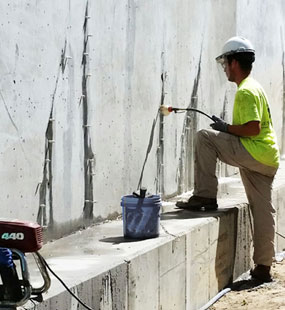
-
Prime Practices
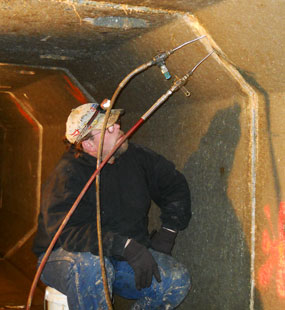
-
Videos

-
Estimating Tools & Info.

-
Why us?
The superior quality of products at a fair price, our consultative approach, and our unparalleled technical support set Prime Resins apart. Learn more about the Prime difference.
Read More
-
Product Types & Typical Uses
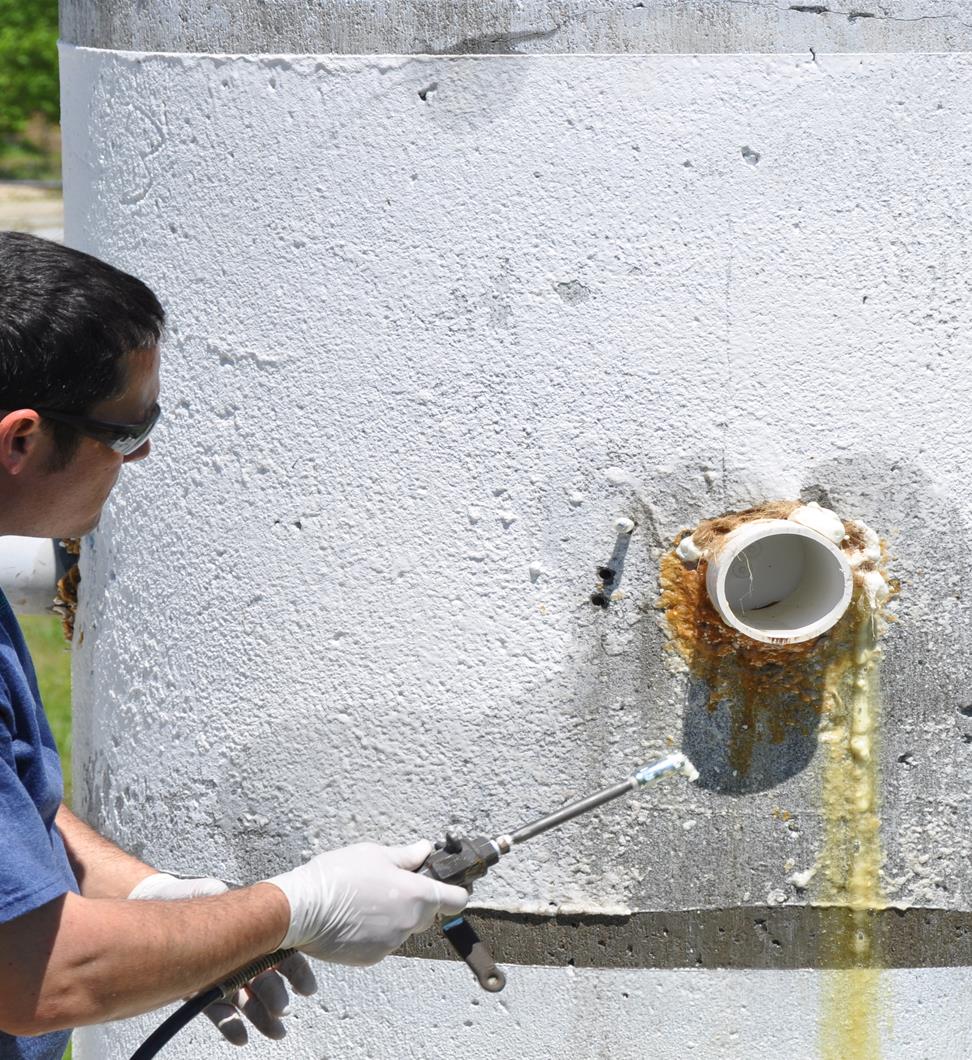
-
Looking for a contractor?
-
Certifications
-
Podcasts
-
Case Studies
- Contact
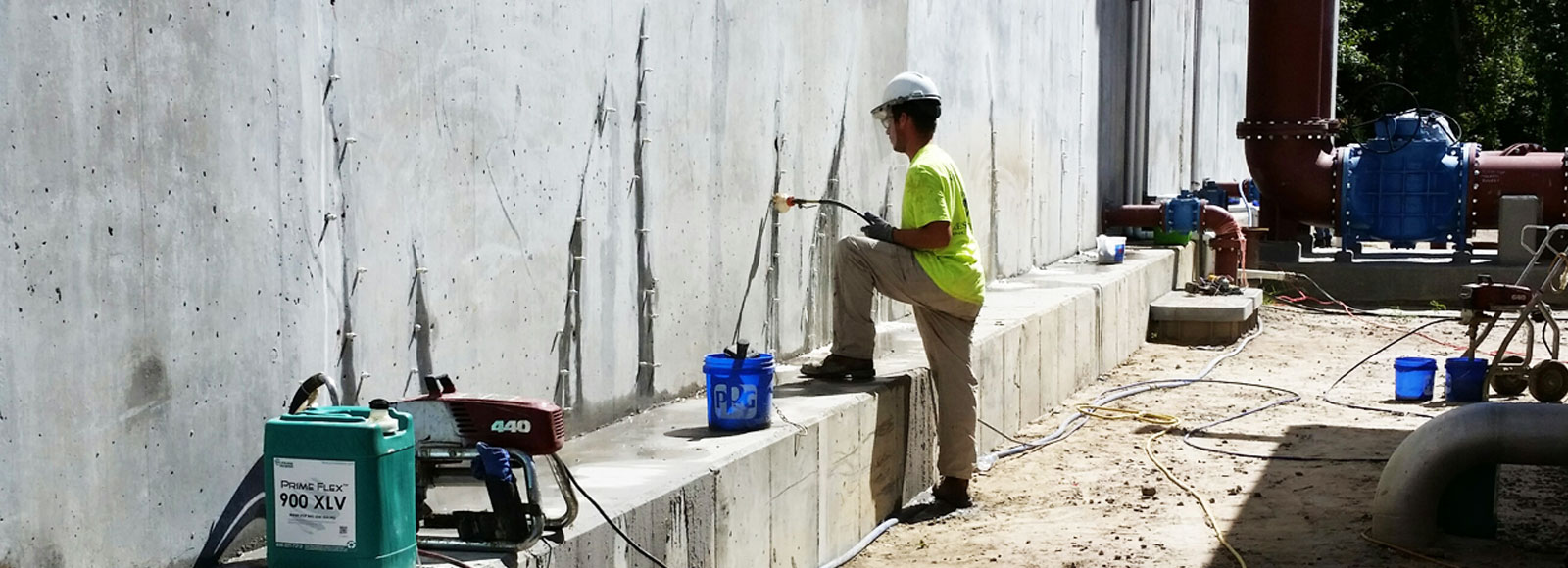
Weeping VS gushing leaks
With weeping or small leaks, a major focus is on the viscosity, or thickness, of the resin. Low viscosity resins easily penetrate the cracks to ensure all leaking areas are repaired.
Hydrophilic chemical grouts are attracted to water and ‘chase moisture.’ In doing so, the grout follows all paths along the crack to reach and seal the leaks. When sealing leaks with chemical grouts, a hairline crack is one that is 1/16” or less. Several Prime Resins products are independently verified to meet NSF/ANSI Standard 61.5 for contact with potable water. This makes them ideal for water treatment, transport and storage structures. Other environmentally sensitive areas, such as seawalls or bulkheads, are also great candidates for our NSF-compliant products.
When encountering a gushing leak, quick reaction or ‘set’ times are important. This ensures that the resin has the opportunity to react with the water present and expand quickly enough to form a watertight, rigid foam before the leak can wash grout away. Catalysts or activators control set times. Where hydrostatic pressures are high, a hydraulic cement patching material or oakum can stop or slow the flow enough for the chemical grout to react.
Equally important is the expansion rate. Gushing leaks are caused by larger water flows, so a large area must be sealed to stop the leak. Using products with higher expansion rates allows for greater coverage of the void area. In below-grade structures, the large expansion rate also serves to fill any voids behind the structure and thus forms a curtain that serves as a 360-degree shield.
Weeping leaks, hairline cracks |
|
| AR 800 | Acrylate, very low viscosity, low toxicity, elastomeric gel, primarily for geotechnical applications, NSF/ANSI 61.5 compliant for potable water use |
| AR 870 | Acrylate, very low viscosity, low toxicity, elastomeric gel, for crack injection in structures |
| Prime Flex 900 XLV | Hydrophilic, polyurethane, single-component, low viscosity, NSF/ANSI 61.5 compliant for potable water use |
| Prime Flex 900 MV | Hydrophilic, polyurethane, medium viscosity, single-component, for medium to wide cracks |
| Prime Flex 920 | Hydrophobic, water-activated polyurethane, low viscosity, variable set time, NSF/ANSI 61.5 compliant for potable water use. Requires catalyst. Use for curtain grouting if leaks are not high-flow gushing leaks. |
Gushing leaks |
|
| AR 800 | Acrylate, very low viscosity, low toxicity, elastomeric gel, NSF/ANSI 61.5 certified for potable water use, primarily for geotechnical applications |
| Prime Flex Hydro Gel SX | Hydrophilic, polyurethane, extra low viscosity, single-component, NSF/ANSI 61.5 compliant for potable water use |
| Prime Flex 920 | Hydrophobic, water-activated polyurethane, low viscosity, variable set time, NSF/ANSI 61.5 compliant for potable water use. Requires catalyst |
| Prime Flex 940 | Hydrophobic, water-activated polyurethane, variable set time, highly expansive flexible foam, NSF/ANSI 61.5 compliant for potable water use. Requires catalyst |
| Prime Plug | Hydraulic cement product to stop water flow prior to crack injection |
| Oil-free oakum | Oil-free jute roping |




